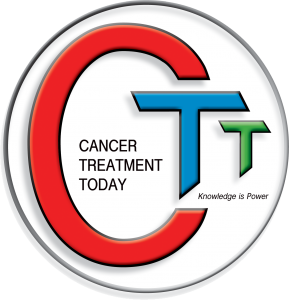Radiation therapy for kelloids – pro
Keloids and hypertrophic scars (HTS) are the result of overgrowth of fibrous tissue, following healing of a cutaneous injury, and cause morbidity. There are several treatment modalities which are useful for the management of keloids, though no single modality is completely effective. The most commonly used modalities are pressure, silicone gel sheet, intralesional steroids, 5-fluorouracil (5 FU), cryotherapy, surgical excision, and lasers.
Radiation also has a role for extensive kelloids. Many physicians leave it for later lines of therapy. 1 A combination of surgery, however, followed 24 hours later by radiotherapy is thought to be the most effective approach for the management of extensive HTS and keloids which causes significant morbidity/limitation of movement/contracture, with a recurrence rate varying from 9 to 72% (LEVEL B), which generally depends on the total dose of radiation and duration of follow-up. 2
1. GREGORY JUCKETT, MD, MPH, and HOLLY HARTMAN-ADAMS, MD, Management of Keloids and Hypertrophic Scars. Am Fam Physician. 2009 Aug 1;80(3):253-260.
2.Somesh Gupta, VK Sharma, Standard guidelines of care: Keloids and hypertrophic scars.
DERMATOSURGERY SPECIALS Year : 2011 | Volume : 77 | Issue : 1 | Page : 94-100
